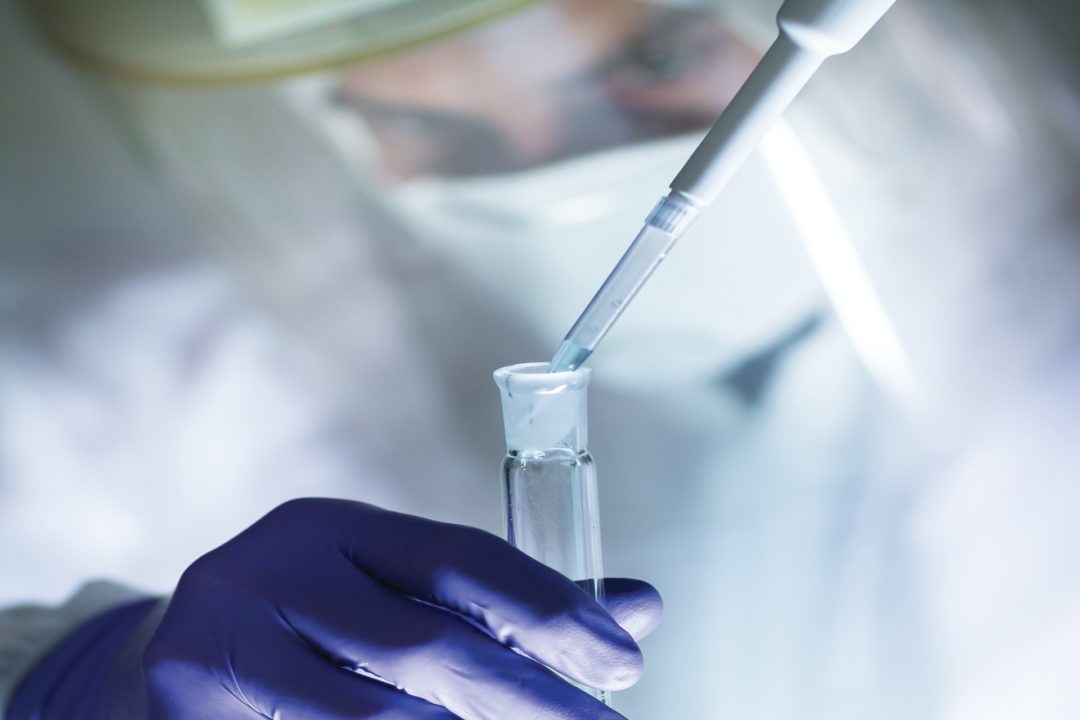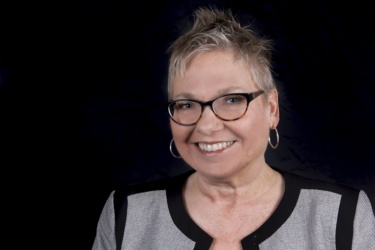Your customers are increasingly aware and vocally questioning everything they put into their bodies. As a retailer, you have a right — and a responsibility — to question your vendors to be sure everything listed on their label is in fact in the bottle.
“Retailers are getting more and more involved in the product quality,” says Elan Sudberg, CEO of Alkemist Labs, in Garden Grove, CA. “Yesteryear, the contract manufacturer who supplied a private label to a store was the one who was tasked with such responsibility. Today, we are seeing more and more big box retailers expressing concern over each and every ingredient.”
But what about the smaller independent for whom such visits are impractical?
“For the smaller retailer with less clout, information should inform product buying to ensure quality on the store shelves,” Sudberg continues. “Ask about their testing practices. Where are their products tested? What are they testing for? How often? Are the labs expert in what they are testing?”
No lab is expert at everything. Alkemist considers its main area of expertise to be herb identity testing. So if a brand tells you Alkemist Labs tested its product for heavy metals or pharmaceuticals, that’s a red flag. Princeton, NJ-based Covance is a lab that specializes in heavy metals and pesticides while NSF International and the Informed-Sport certification program are known for their ability to look for drugs.
“The more transparent a brand is about their testing practices, the better,” Sudberg says. “Consumers are increasingly asking about this, so retailers should know the answers.”
Even if it is difficult in practice, retailers should still be allowed onsite to conduct inspections because this is a fundamental part of the transparency process, says Len Monheit, managing partner of Trust Transparency Consulting, Spring, TX.
“An essential part of transparency is the proactive disclosure about history, operations and intention,” Monheit adds. “It includes developing systems that permit the identification of sources and standards, internal systems, processes and checks and more than a minimum about plans, culture, and yes, even real challenges, in the belief that this openness creates trust with supply chain partners (up and down) as well as internally amongst staff.”
Manchester, NH-based MegaFood was a manufacturer at the forefront with the establishment of its “Big T” program for transparency and trust. Controlling its process from farm to tablet, MegaFood owns and operates production facilities in New Hampshire and through its website provides full live camera visibility to its supplements as they are made.
“Transparency is vital to our business,” says Robert Craven, CEO of MegaFood. “We see it as one key, along with story-telling, to building radical trust with our customers and tribe. I am proud that we are the only company I know that has 24/7 live, HD cameras focused on our facility that anyone can access at our website. We share our new product development launches, the results of our plant audits and give behind-the- scenes access to our company.”
Laboratory transparency is equally important. Alkemist has an integrity clause in its contract.
“When my family started the lab 21 years ago, I was studying chemistry in college,” Sudberg recalls. “In lab classes we had to turn in our completed lab notebooks, showing all our calculations and data, upon completion of the experiment. It just made sense to show how you got your results, so I brought that practice to work, disclosing testing methods used on the Certificates of Analysis we provide to clients. I still can’t find a good reason for a lab or supplier not to be transparent other than hiding poor quality work or materials.”
Best Practice
Sudberg is an outspoken opponent to skip lot testing. “Recently, some industry leaders have started advocating that certain ingredient suppliers be allowed to do skip testing on some lots, which we believe is a slippery slope for an industry that has to consistently prove quality in the face of vocal critics,” he says.
“Best practice and what I recommend is ‘fit for purpose’ identity testing along the chain of custody from start to finish, from seed to shelf, especially if it’s changed hands or been manipulated in any way,” Sudberg adds.
“Best practice in identity testing is to confirm identity with a ‘fit for purpose’ method where results are transparent,” he elaborates. “What we mean by ‘fit for purpose’ are tried and true test methods — agreed upon by experts — that have been used for that purpose consistently over time.
“Other things to test for include heavy metals, pesticides, doping, and microbiology. Then of course, when a brand makes label claims on phytochemicals or vitamins or anything with a quantitative value, the manufacturer should have a method developed for that custom blend of ingredients. Each unique formula needs to have a test method designed specifically for it, but not all brands make that financial investment,” Sudberg adds. “In the near future they will have to, though, because the FDA has begun looking for this during facility inspections.”“Adulteration is not as common these days as poor quality ingredients are, when we do see problems,” he says. Materials are dilute, and fairy dusted with sub-therapeutic doses so some marketing departments can put hot ingredients on the label.
“China is not the culprit,” Sudberg adds. “Prioritizing showing profit on every quarterly earnings statement over quality is what dictates price point, and manufacturers in China do what is asked. Today in the botanical sector, there is no category that rings my bell as being highly adulterated. In general, though, when a botanical is suddenly hot, there is often less supply than demand, so adulteration happens. When you are selling a newly popular herb, ask a lot of questions about the ingredients to make sure you have quality on your shelves.”What questions can a retailer ask to be comfortable the products he/she is buying are what they purport to be?
• What is the standard testing protocol and is it independently verified by a third party lab? With what frequency, i.e. every lot?
• In a full and transparent operation, you should be able to ask who the contract manufacturer is. At minimum, where is the product made, internally or externally?
• What specifications, standards or certifications is the product tested against? How was the method validated in finished product form?
• What identity and purity tests have been performed on the ingredients?
• How frequently do they reject or rework product?
• Who in the organization is involved in determining ingredient sources?
Source: Trust Transparency Consulting“Many organizations in China operate to extremely high standards,” adds Monheit. “As in all countries, others do not, and they may not even be primary manufacturers. It is important that part of the assessment process include a physical visit to the facility. In cases where that’s not possible or practical, organizations can use a third-party service to inspect and audit as an alternative.
“Quality and compliance of the facility, its operations (including its grounds) and its supply chain is important,” Monheit continues. “This is certainly not isolated to China, but because of the location, a close eye to issues such as pesticides, biological hazards and controls, allergen controls, and material management is recommended.”
Working with outside labs makes sense for companies that don’t have the capacity to run what’s essentially another business inside their operation. But many do.
NOW, based in Bloomingdale, IL, is one that incorporates a quality testing group numbering about 150 strong. Aaron Secrist, who is VP of quality and regulatory affairs, notes the supply chain is always open to disruption—especially in a climate of geopolitical issues and unpredictable weather. Secrist is an advocate of testing every lot.
“We test every lot of everything,” agrees Ron Archibald, compliance manager for Multiple Organics, an ingredient supplier based in Hercules, CA. In addition, the company uses a random testing generator that picks out 5% of every shipment for pesticide screening and heavy metals.
The system can be weighted so if there are threatening developments in one of the countries that is a supply source, the level of scrutiny increases.
Of course the ultimate quality control method is owning the production process from beginning to end. For instance, Sabinsa Corp. based in East Windsor, N.J., and celebrating its 30th anniversary, has a vertically integrated system that can trace supply back to the contract farms it supports in India.
Last year, WholeFoods visited Sabinsa’s Sami Labs and saw the manufacturing facilities and farms where herbs are grown —including turmeric, coleus and amla.
Five different product facilities serve different purposes from continuous extraction to Super Critical Fluid Extraction (SCFE). R&D and testing labs include a nuclear magnetic resonance machine allowing the company to test a level of detail on identification of substances far beyond what is required.
Sabinsa invites customers to see everything it does firsthand and encourages customers to audit ingredient suppliers often. “The business benefits of our cultivation program are many: a reliable supply of raw materials, especially in times of high demand and low supply, and control over keeping quality high,” says Shaheen Majeed, worldwide president for Sabinsa. “However the most rewarding aspect is that we’ve become part of the farmers’ community, and are able to contribute to their well being and quality of life beyond fair wages. We’ve seen how our supporting the schools and improving infrastructure has benefited the people we’re in partnership with to grow our turmeric, coleus and other materials.”
Sabinsa recently partnered with the international Eurofins Scientific for use of its analytical testing services for botanical raw material ID testing. What are the pluses and minuses of using an outsourced lab vs. an in-house testing operation?
“I know running a business is tough. Staffing, leading, inspiring, strategizing and keeping up are all part of the job description. Now imagine doing that and running an additional small business inside your business,” says Sudberg. “When outside labs are used, a brand has the opportunity to select labs that are the best at specific kinds of work depending upon what they need tested and what for.” WF

2025 Natural Choice Awards
March 31, 2025









